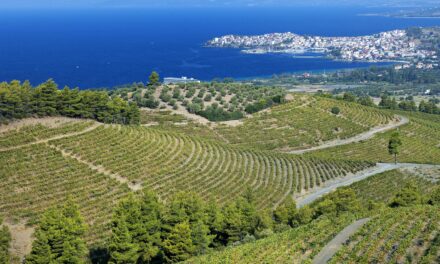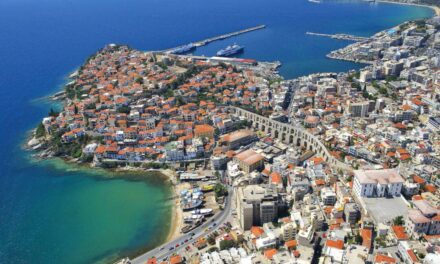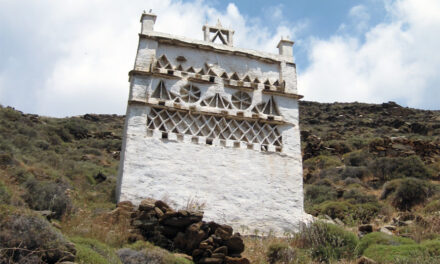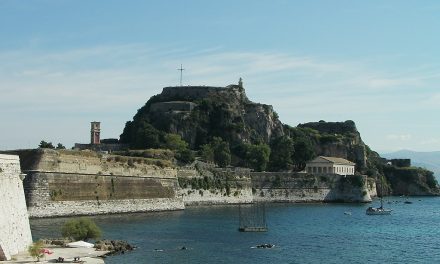Olympus is the highest mountain in Greece and second highest in the Balkans. Primarily famous as the residence of the twelve gods of Greek mythology, it is a National Park of great importance for the country’s biodiversity, a popular destination for hikers and climbers, and an important landmark for the area’s identity and history.
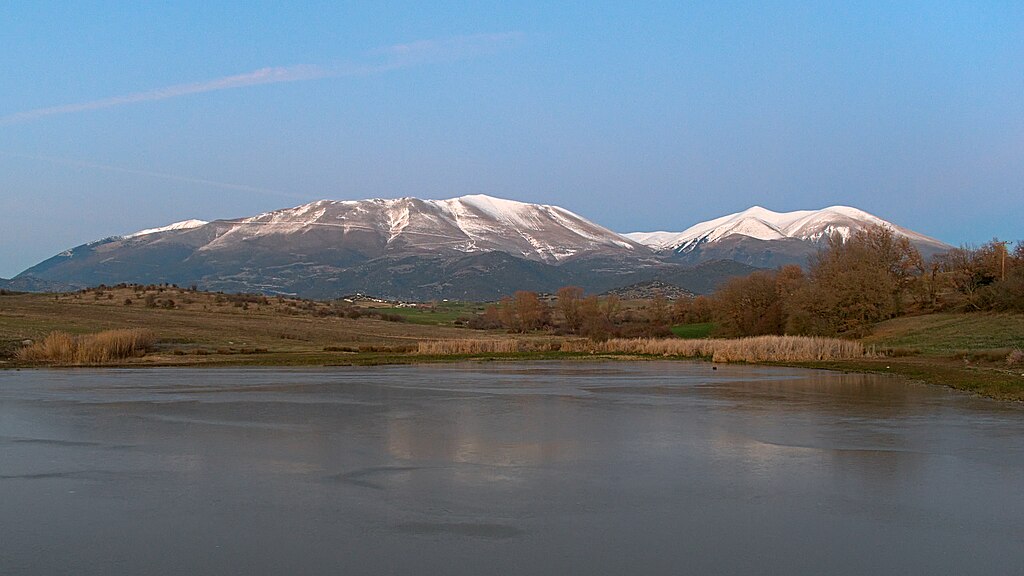
Olympus in myth
The exact origin of the word Olympus is uncertain, but it most likely has pre-Greek roots. The mountain was considered to be the seat of the “twelve gods”, the major deities worshipped by ancient Greeks – which is the reason why these are often referred to as the “twelve Olympians”.
In ancient Greece, it was primarily Zeus who was called by the epithet “Olympian”, as he was the king of the gods and ruler of Mount Olympus. The ancient city of Olympia in the Peloponnese (quite far from Olympus Mountain) took its name from that epithet, as it was the center of the cult of Olympian Zeus. Hence, the mountain has indirectly lent its name to the most important athletic event worldwide, the Olympic Games, which used to be held in Olympia.
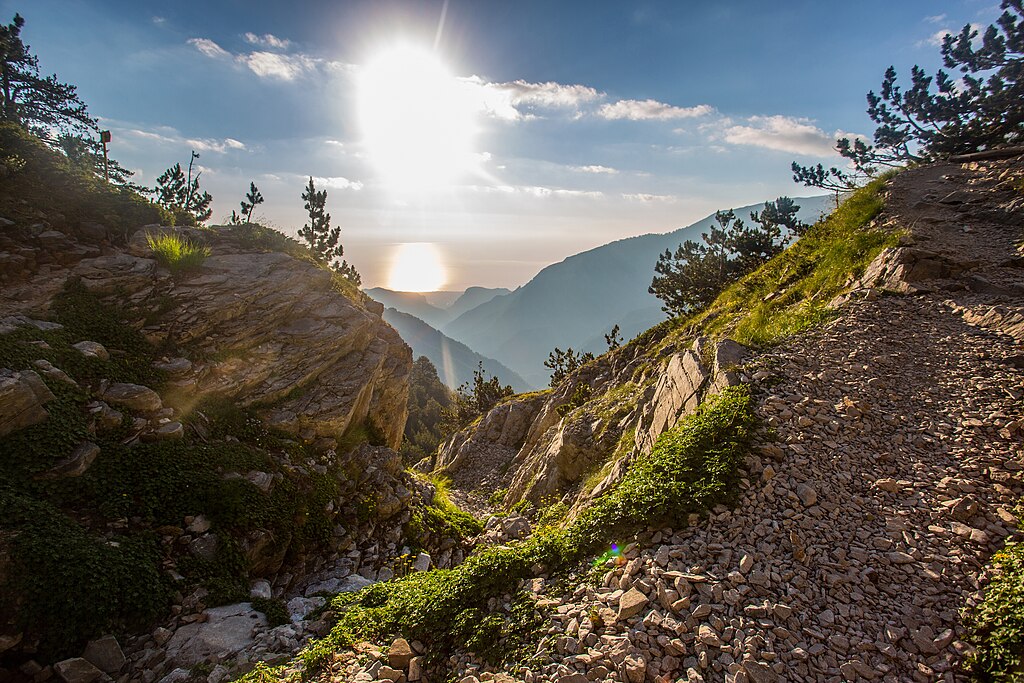
Location, morphology, geology, climate
The Olympus massif is located on the border between the regions of Thessaly (central Greece) and Macedonia (northern Greece). The highest peak of Mount Olympus, called Mytikas, reaches 2,917 meters (9,570 feet). The mountain features steep slopes, deep gorges, and high peaks, with over 50 summits, with a terrain consisting of rugged cliffs, alpine meadows, and dense forests.
It is mainly composed of limestone and dolomite, which formed during the Mesozoic era (about 200 million years ago). The mountain was shaped by tectonic movements and erosion, creating its steep, jagged peaks; due to its limestone composition, it features karstic formations, including caves and sinkholes.
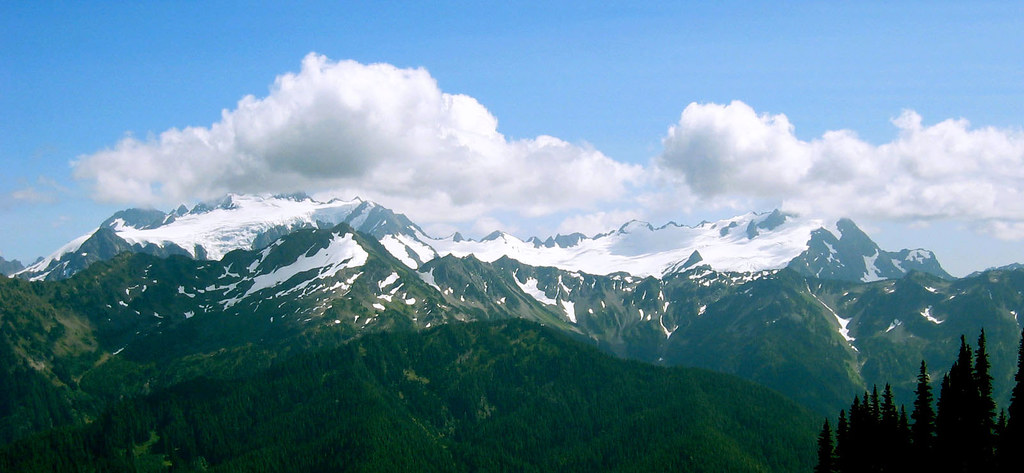
The climate of Mount Olympus varies significantly with altitude, ranging from a typical Mediterranean climate at low altitudes to an alpine one at higher altitudes, with colder temperatures, frequent fog, and heavy snowfall in winter. The peaks are covered with snow for most of the year, while strong winds and rapid weather changes are common at high elevations.
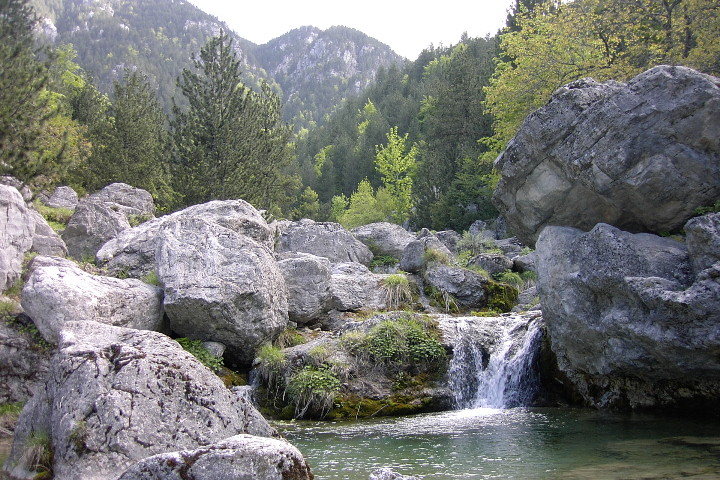
Sites of interest
On the eastern slopes of the mountain is the Enipeas Gorge, one of the most famous and impressive canyons in Greece. It is a popular hiking destination, offering a mix of dense forests, waterfalls, caves, and historical sites. It is named after the Enipeas River, which forms small waterfalls, natural pools and streams, ideal for a refreshing swim in the summer.
The gorge is home to oak, pine, and beech forests, as well as rare flowers, while golden eagles and peregrine falcons can sometimes be spotted. Among its attractions there is also the ruins of the historic Monastery of Agios Dionysios (Saint Dionysius), established in 1542 and destroyed during the Nazi occupation of Greece.
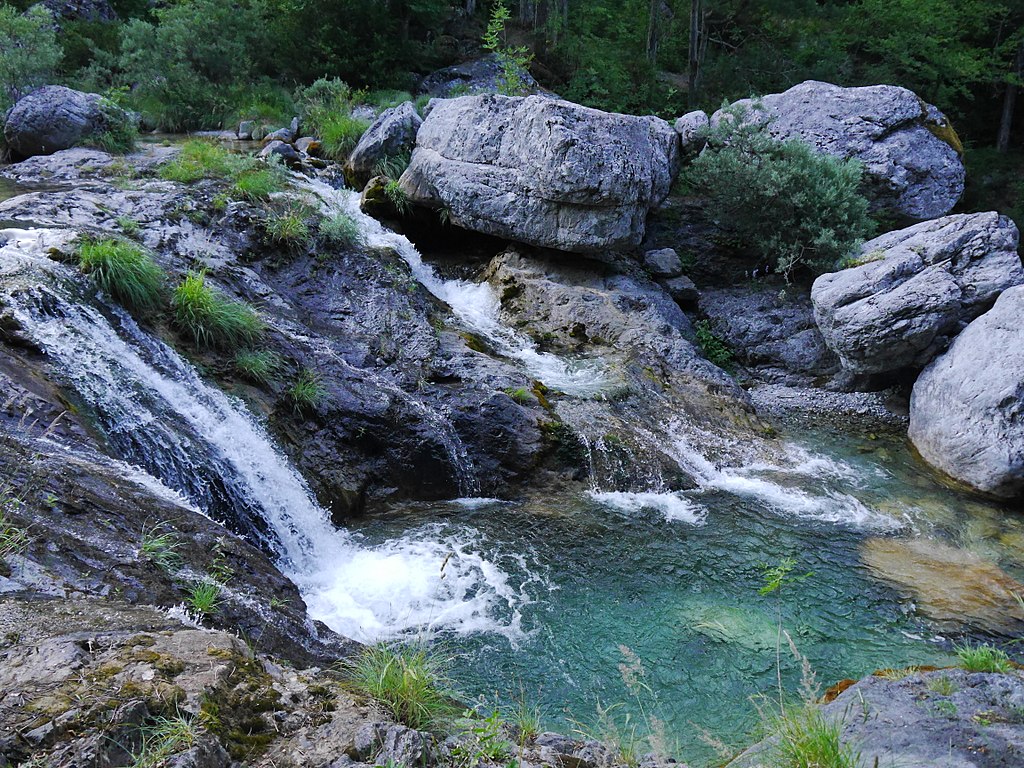
At the foot of Mount Olympus, in the Pieria regional unit, lies the village of Dion, named after the god Zeus (deriving its name from “dios”, the genitive of Zeus in Ancient Greek). It is famous for the Archaeological Park of Dion, located at the site of the eponymous ancient city, an important religious and cultural center of ancient Macedonia. It was home to the greatest temple of Zeus in the ancient Kingdom of Macedon.
The Archaeological Park encompasses extensive ruins from residential and public buildings, an agora, bathhouses, workshops, sanctuaries, theaters and a cemetery. Among the park’s most notable sites are the Sanctuary of Zeus Olympios, with a majestic temple dedicated to the father of gods, surrounded by altars for sacrifices and inscriptions honoring Macedonian kings, the Temple of Demeter, the Sanctuary of Isis and the Ancient Theater of Dion -both built during the Hellenistic period- and the Roman forum and public baths. The Archaeological Museum of Dion, located near the ruins, houses a rich collection of statues, inscriptions, mosaics, pottery, and religious artifacts.
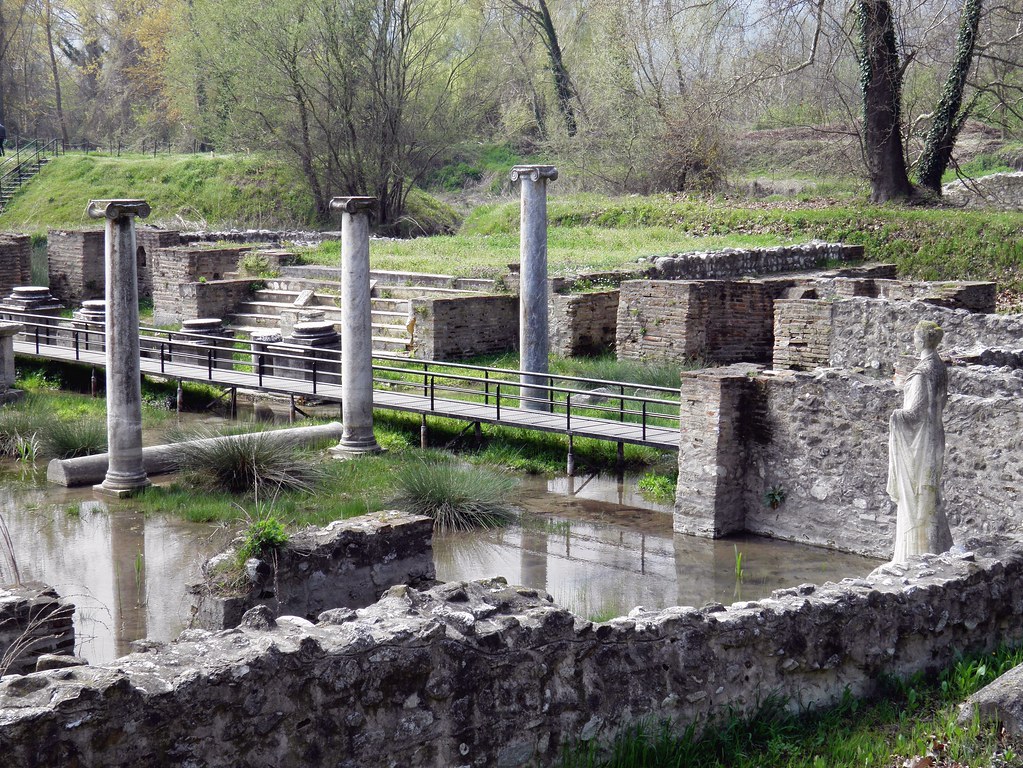
Biodiversity and conservation status
Due to its great natural significance, Mount Olympus is a protected area that was given national park status in 1938, becoming Greece’s first national park. It was also designated as a UNESCO Biosphere Reserve in 1981. This protected status helps safeguard the diverse ecosystems and rare species that inhabit its slopes. Efforts are made to preserve the delicate ecosystems, which include both Mediterranean and alpine species.
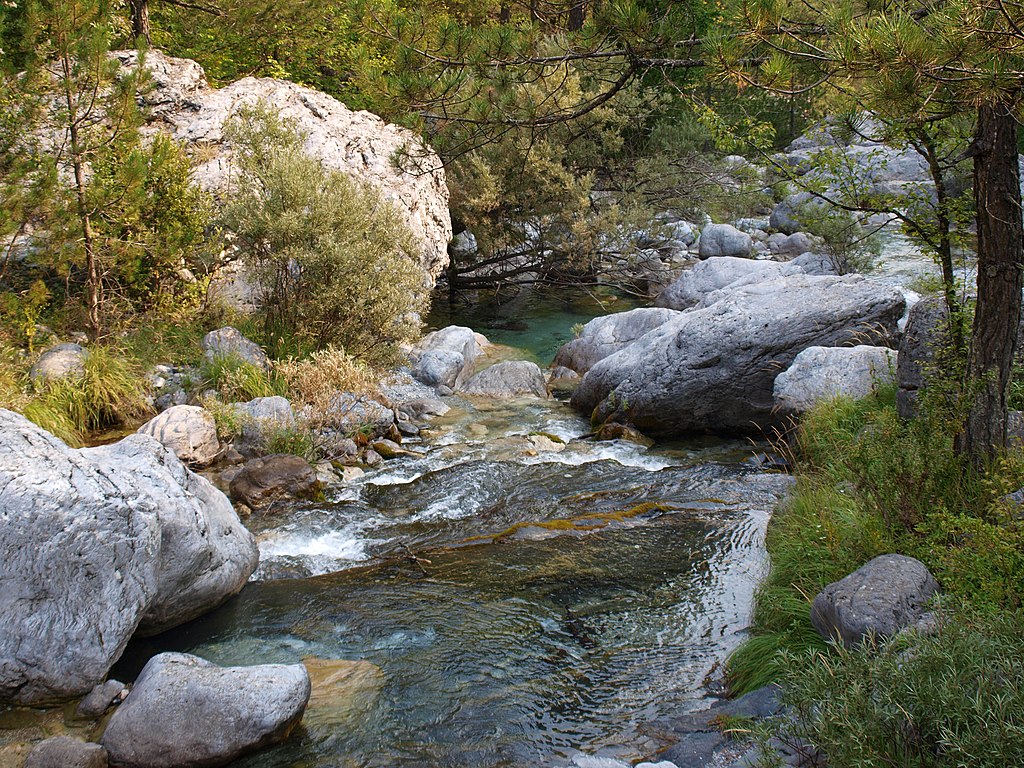
The Mount Olympus National Park covers an area of approximately 1,200 square kilometers and is known for its unique biogeography, with its various climatic zones resulting in rich biodiversity. The area’s flora is divided into four vegetation zones:
- low-altitude forests, which feature typical Mediterranean vegetation, including oak trees, strawberry trees, kermes oaks, bay laurels, cedars etc.
- mid-elevation forests with both deciduous and evergreen species, mainly black pines, beech, fir and chestnut trees, and a rich undergrowth of ferns and wildflowers
- high-elevation coniferous forests with pines (with the Bosnian pine being the most typical) and shrubs
- the alpine zone (above 2,200m), featuring low vegetation such as mosses, and alpine flowers.
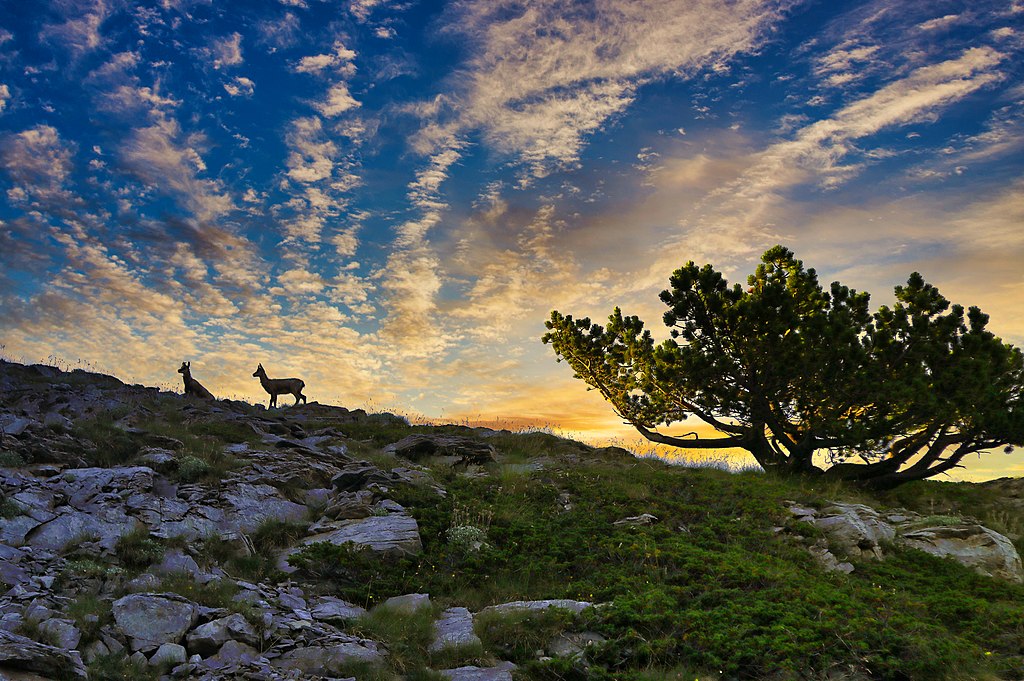
The park is home to more than 1,700 plant species, about 25 of which are endemic to Olympus, meaning they are found nowhere else in the world; these include the Ramonda (Jankaea) heldreichii, a rare relict species of the Cenozoic Era, and the Campanula oreadum, a bellflower, both encountered exclusively in Olympus’ alpine tundra.
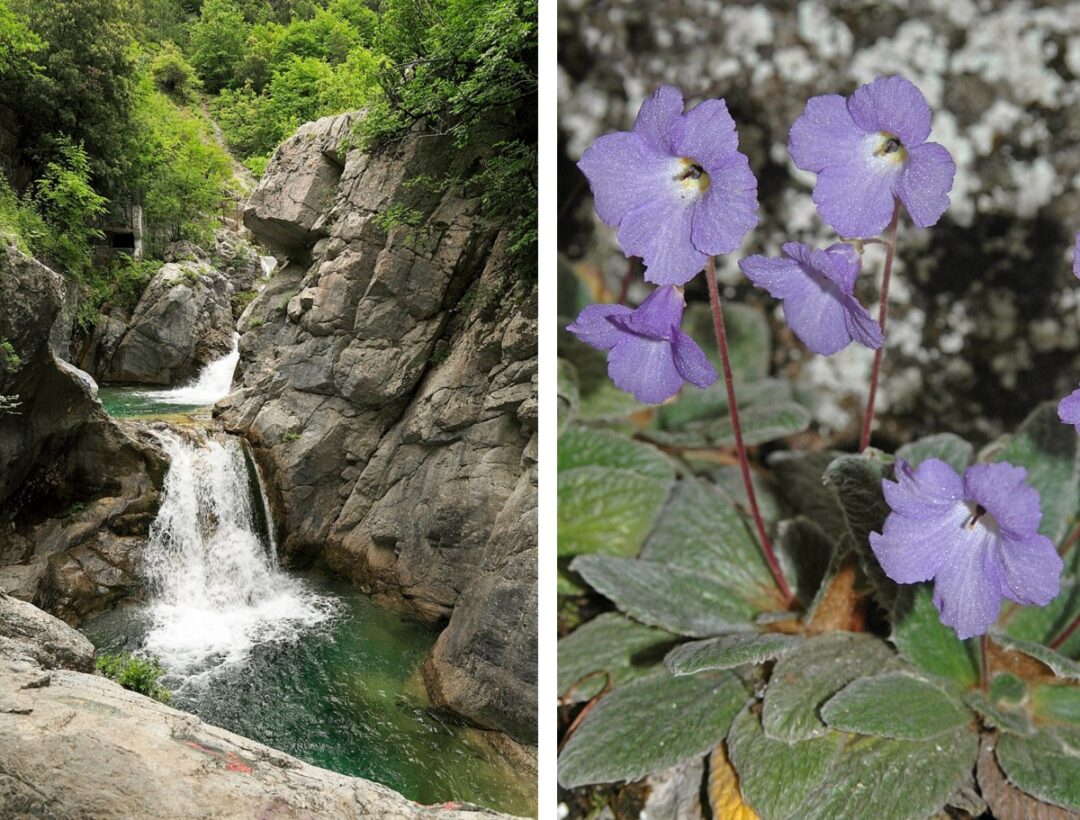
The mountain’s fauna includes wild boars, roe deer, foxes, badgers, and wild goats, while the rare Balkan chamois (Rupicapra rupicapra balcanica) can be found in rocky areas. Reptiles include the Greek tortoise, Balkan green lizard, and salamanders in the rivers, and the endangered meadow viper (Vipera ursinii). There are also over 100 bird species, including golden eagles, peregrine falcons, and woodpeckers, and alpine choughs and rock partridges in high elevations, while insects include many endemic butterflies, beetles and bees.
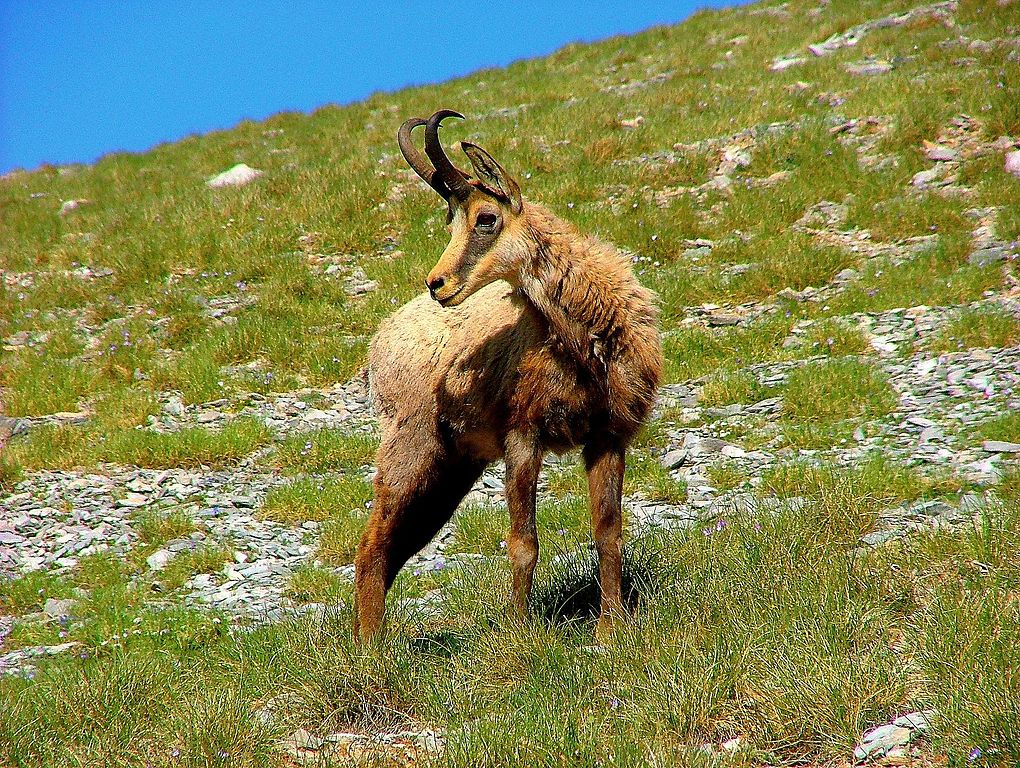
Mountainiring
Mount Olympus offers some of the most breathtaking mountaineering and hiking routes in Greece, ranging from beginner-friendly trails to challenging ascents to Mytikas (2,917m), the highest peak. Organized mountain refuges exist at various altitudes; no special permits are required. The first recorded ascent of Mount Olympus was made in 1913 by Swiss climbers Daniel Baud-Bovy, Frédéric Boissonnas, and their Greek guide Christos Kakkalos.
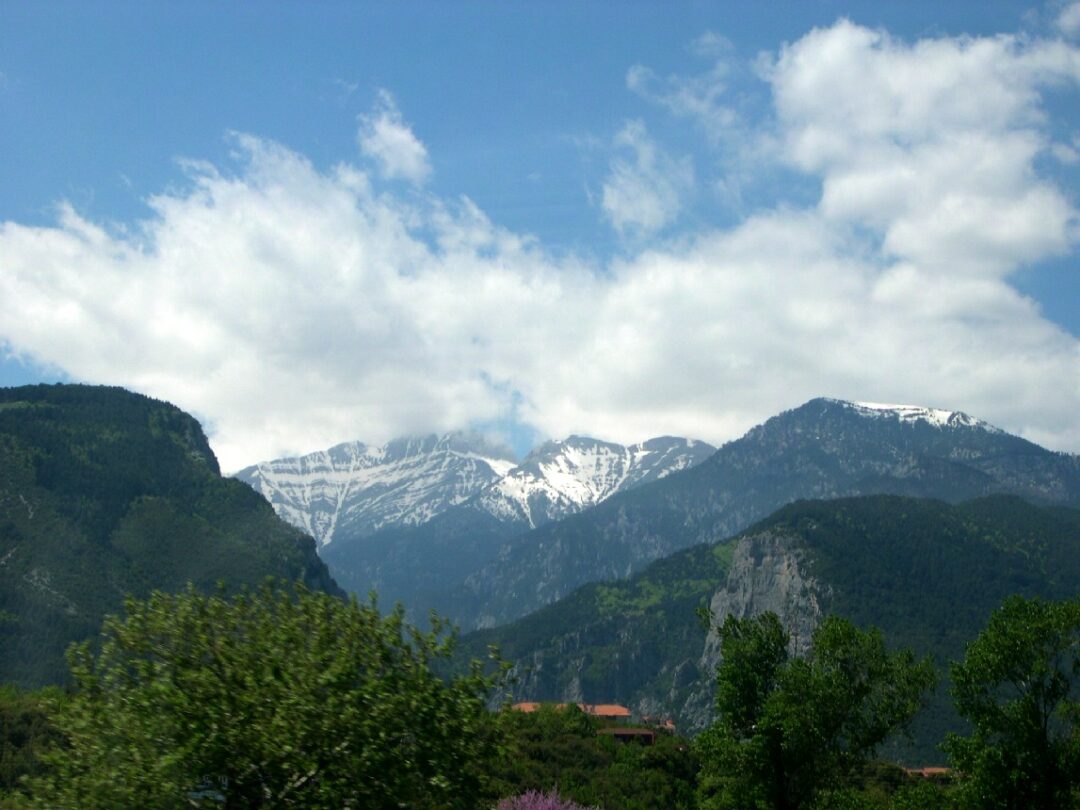
Litochoro, a small town at the foot of the mountain, often serves as the main gateway for hikers and climbers. There are also various other hiking routes, such as the one starting at Prionia (1,100m), the highest point accessible by car, and following the E4 European long-distance path through lush forests and waterfalls. Most trails pass through beech and pine forests, but also the Enipeas Gorge, waterfalls, natural pools, caves, and historical sites, and of course offer breathtaking panoramic views of the mountain.
Read also via Greek News Agenda: Meteora, the hanging monasteries of Greece; Ancient Olympia: Panhellenic Sanctuary and home of the Olympics; Athos, the ‘Holy Mountain’
N.M.

TAGS: DESTINATIONS | NATURE | SPORTS | TOURISM

